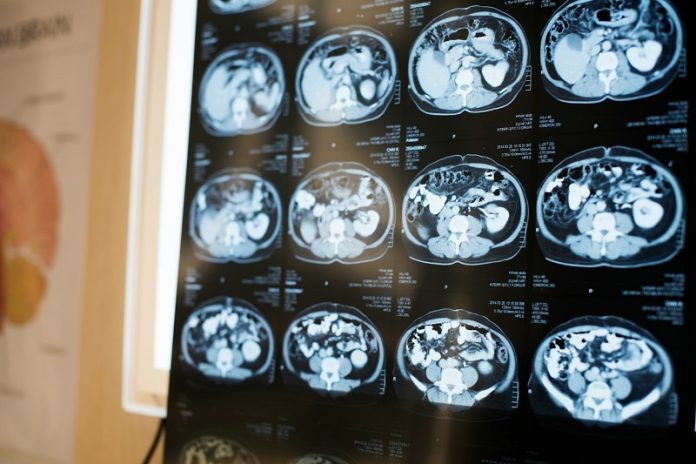
A recent breakthrough by scientists at the University of California, San Francisco, offers a fresh and promising path toward treating Alzheimer’s disease and other forms of dementia. The study focuses on a group of immune cells in the brain called microglia, which act like the brain’s cleanup crew.
These cells are responsible for removing damaged brain cells and toxic protein buildup—such as plaques often seen in Alzheimer’s patients. But when microglia stop working properly, they can cause inflammation and damage instead of helping, which may play a major role in the development of neurodegenerative diseases.
Despite their importance, microglia have not been studied as much as other brain cells. But that may be about to change. The research team, led by Martin Kampmann and published in Nature Neuroscience, developed a new CRISPR-based method that helps scientists understand how microglia work—and more importantly, how to control them.
The researchers discovered which genes control key microglial behaviors, such as how long they survive, how active they are in producing inflammation, and how aggressively they clear out synapses—the connections between brain cells.
By tweaking these genes, the team was able to switch harmful microglia back to a healthier state. In other words, they found a way to “reset” malfunctioning microglia so they could return to their natural cleaning and protective roles in the brain.
This discovery opens up the possibility of a whole new kind of treatment for Alzheimer’s. Instead of just managing symptoms or targeting the buildup of amyloid plaques, as many current drugs do, this approach focuses on the immune cells that help—or harm—the brain from the inside.
Since many of the genes linked to Alzheimer’s risk are connected to microglia, learning how to guide these cells back to health could change the way we treat the disease.
The next step for the research team is to test existing drugs to see if any of them can control the key genes they’ve identified. If successful, this could lead to therapies that don’t just slow the disease, but potentially stop or even reverse it.
While a cure for Alzheimer’s is still out of reach, this discovery is a major step forward. It also reminds us how complex brain diseases are, and how looking at different types of cells—not just neurons—can give us new ideas for treatment.
In the meantime, there are steps people can take to support brain health and possibly lower the risk of Alzheimer’s. Regular exercise, a healthy diet, staying mentally and socially active, getting enough sleep, managing conditions like diabetes or high blood pressure, and protecting your head from injury may all help.
Though these habits don’t guarantee prevention, they are linked to better brain function as we age.
As scientists continue to explore these exciting new ideas, the hope is that one day, Alzheimer’s will no longer be a feared and untreatable condition—but a disease we can control or even cure.
If you care about brain health, please read studies about vitamin D deficiency linked to Alzheimer’s and vascular dementia, and higher magnesium intake could help benefit brain health.
For more information about brain health, please see recent studies about antioxidants that could help reduce dementia risk, and coconut oil could help improve cognitive function in Alzheimer’s.
Copyright © 2025 Knowridge Science Report. All rights reserved.



